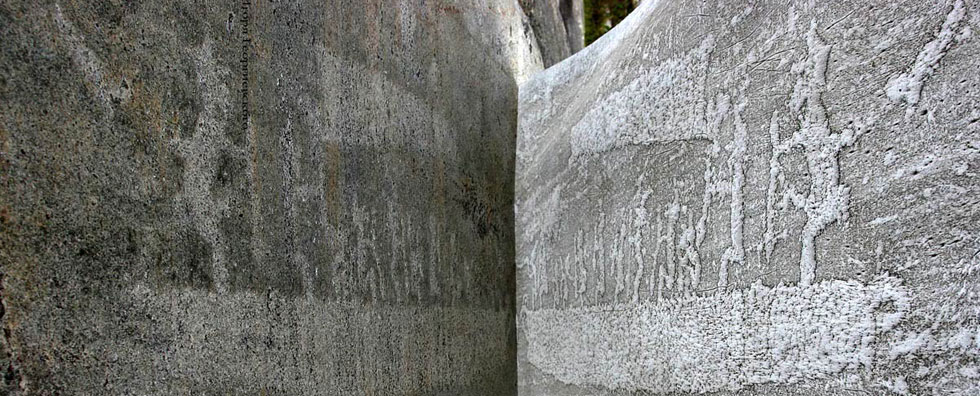
Issue №1, Vol. 12
Robonen E., Zaitseva M., Chernobrovcina N., Tshernychenko O., Vasil’ev S. An experience of designing and applying non-peat substrates for forest nursery containers. Peat alternatives. // Resources and Technology. 2015. №1, Vol. 12. P. 47‒76.
DOI: 10.15393/j2.art.2015.3081
An experience of designing and applying non-peat substrates for forest nursery containers. Peat alternatives.
| Robonen Elena V | Forest Research Institute of Karelian Research Centre Russian Academy of Sciences, er51@bk.ru |
| Zaitseva Maria I | Petrozavodsk State University, 2003bk@bk.ru |
| Chernobrovcina Nadegda P | Forest Research Institute of Karelian Research Centre Russian Academy of Sciences, er51@bk.ru |
| Tshernychenko Oksana V | Moscow State Forest University (MSFU), er51@bk.ru |
| Vasil’ev Sergey B | Petrozavodsk State University, servas-10rus@yandex.ru |
|
Key words: container substrates; planting material; conifers; seedlings with closed root system; peat wood-fiber materials; woody substrates; forest nurseries |
Summary: To widely introduce the technology of container nursery of coniferous stocking material, which provides for establishment of forest crops using high-quality plants, one needs to produce container substrates with optimized physicochemical properties, which guarantee normal development of the root system and relevant nutrition for the plants. Criteria for assessing the quality of such substrates, some of their applications, stages of their development history are considered. A substrate of raised bog sphagnum peat has traditionally been regarded as the best option for growing seedlings in forest nurseries. Lately however great funds and efforts have been invested in designing and testing alternative substrate components in the attempt to reduce transport costs and avoid the environmental consequences of peat harvesting. Any potential substitute for peat must have certain characteristics, be available in substantial amounts, standardized and economically compatible with the intended market. Of the many alternatives to peat, the most firmly adopted are some composted biowastes, bark and composted bark, wood fibers and coconut wastes. Applicability of woody substrates as an alternative to peat has been demonstrated, but in that case fertilizers need to be added. If peat is not included in the substrate, the fertilizer supplementation should be at least 40 percent. Pulp-and-paper mills have the equipment for processing logs, small-diameter trees and logging residues into chips for various purposes. We suggest regrinding chips for nursery substrates using disc mills. |
Displays: 2611; Downloads: 2393;




